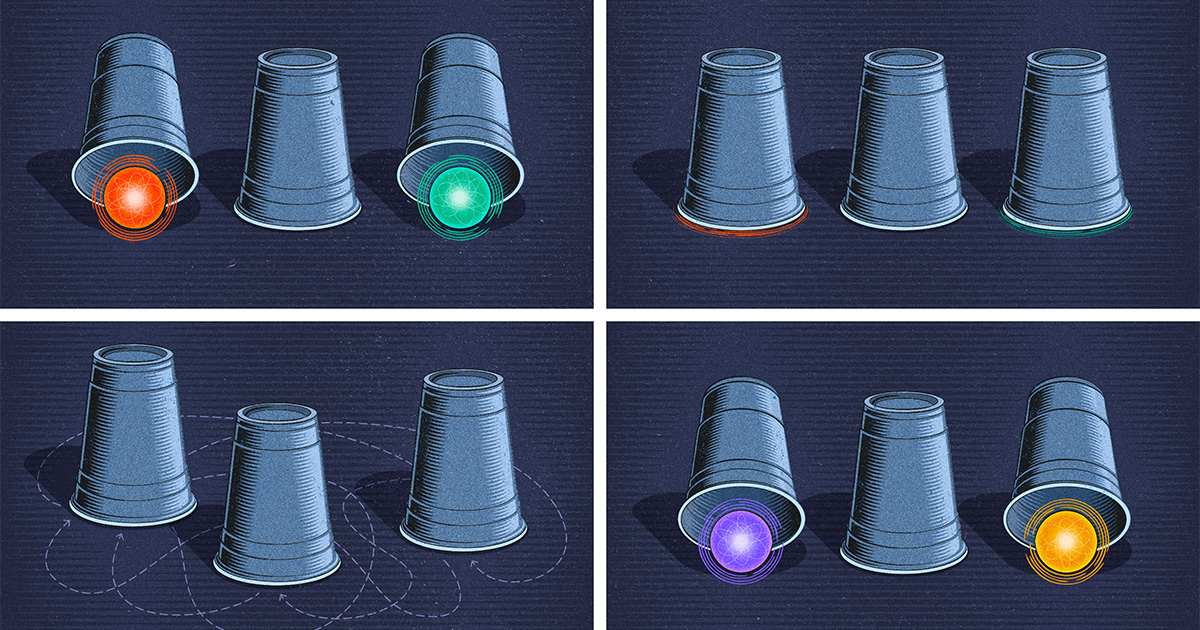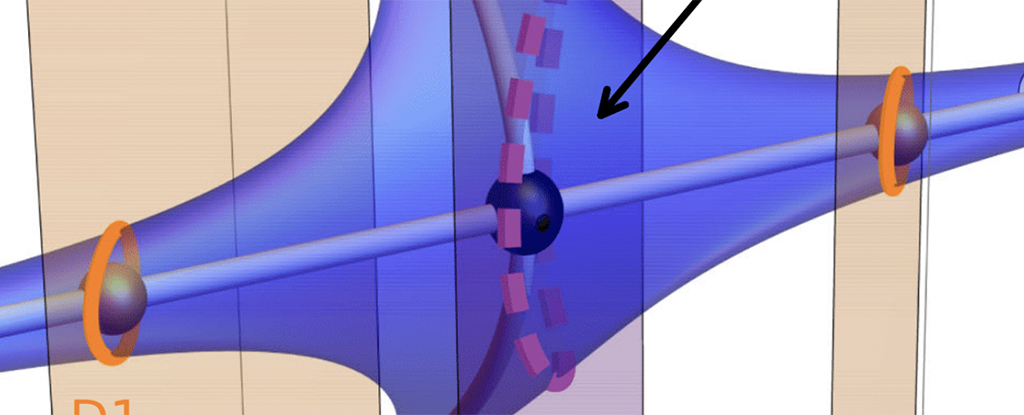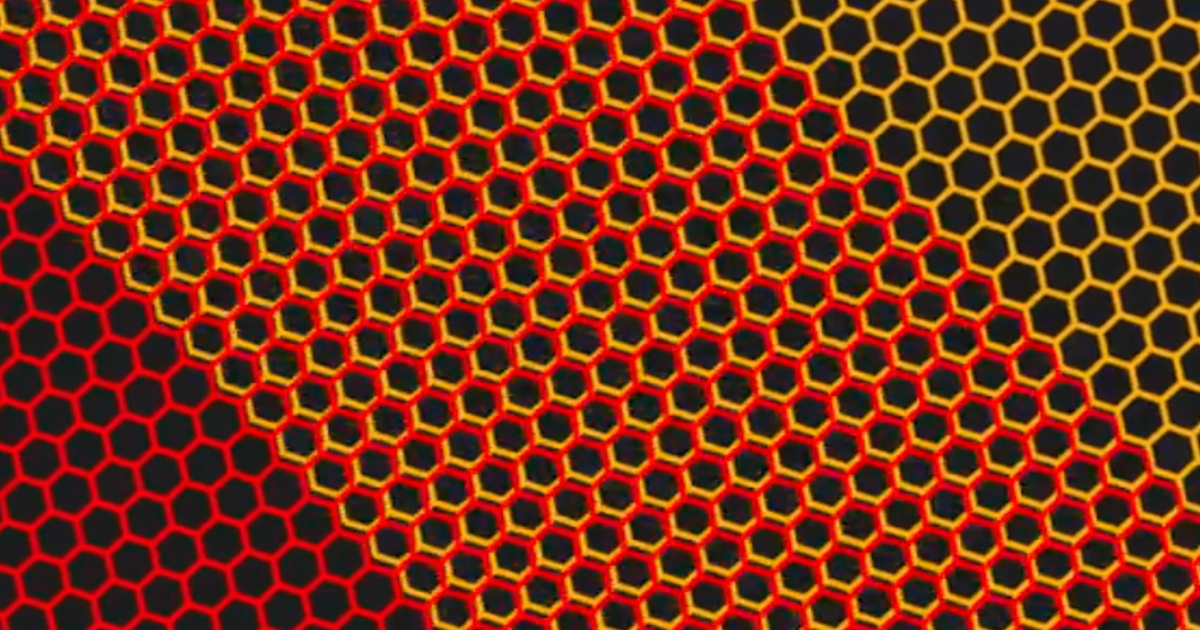Nonlinear Generalization of Maxwell's Equations from a Variational Approach
This research article derives a nonlinear generalization of Maxwell's equations from a variational approach where the action measures the variability of the metric tensor. The space is a Weyl space where the metric tensor's covariant derivative needn't vanish. The Lorentz force law is derived as a geodesic equation. Charge density obeys a covariant wave equation, suggesting it's a field propagating at light speed, supporting the wave nature of electrons. The Dirac equation is also shown to be geometric. The link between the Lorentz force and spacetime's metric directly explains Zitterbewegung and quantum mechanical waves.









